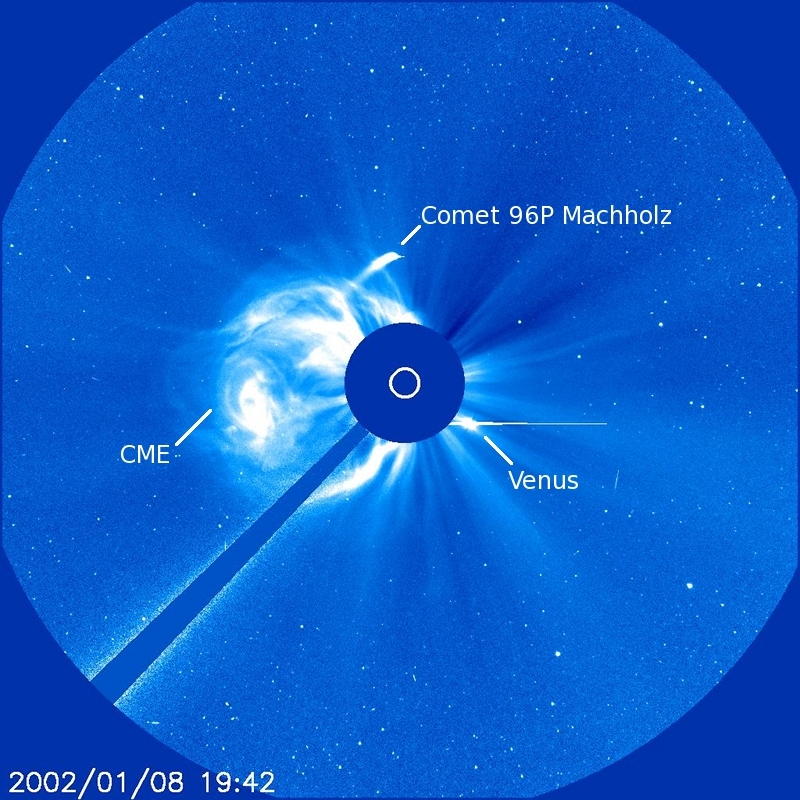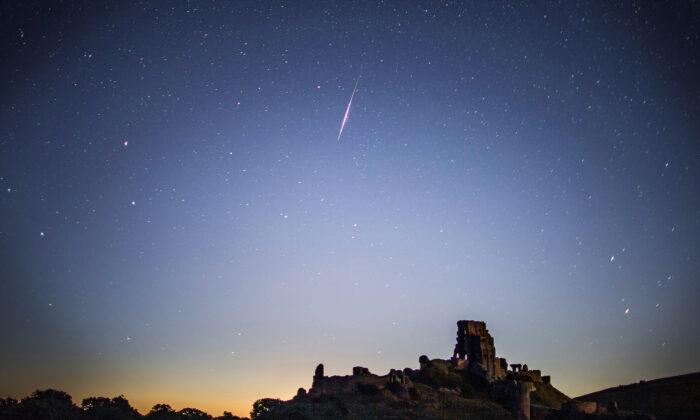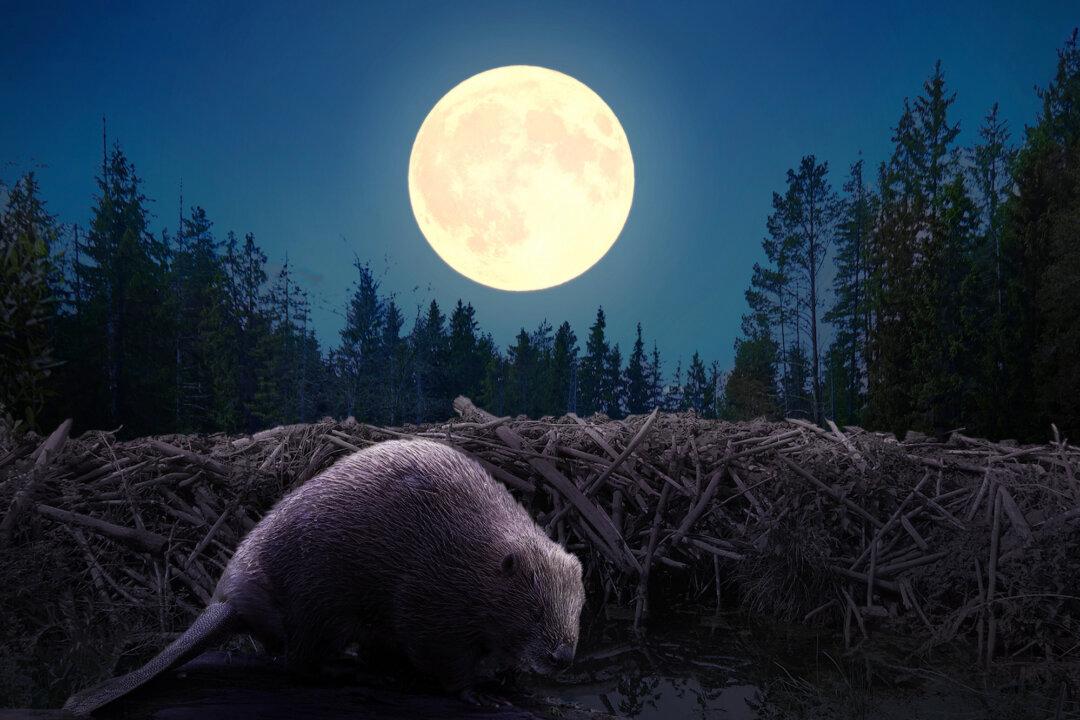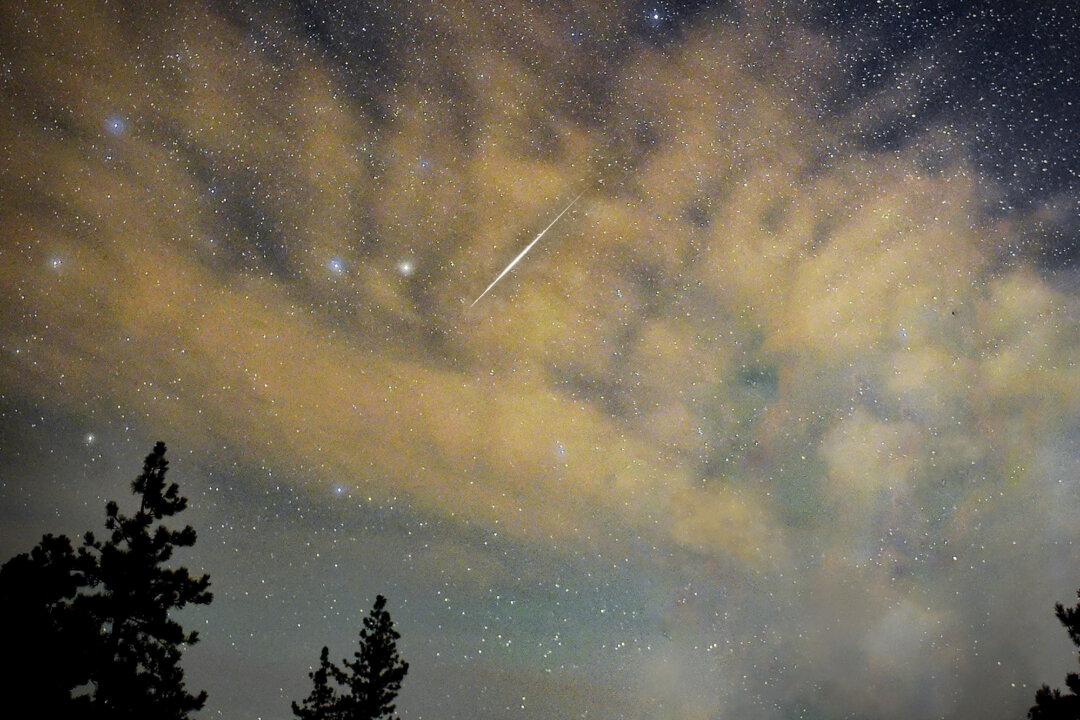What began as a hunk of frozen gas and space dust orbiting the sun 20,000 years ago will soon appear as a light show in the early morning sky.
Stargazers will be treated to two distinct meteor showers which converge in late summer and will soon make their yearly rendezvous again.
The famous Perseid meteor shower and the lesser-known Delta Aquariids will appear together at the same time—and may even cross paths—with the Delta Aquariids starting from mid-July and the Perseids joining them from August for the rest of the month.

The second shower, the Perseids, will join and intermingle with the Delta Aquariids come August. The Delta Aquariids tend to be fainter than the Perseids, but not this year; while the Perseids will peak on August 12–13, the waxing moon (becoming full August 12) will wash out some of their drama.
Thus, the early weeks of August present ample opportunity for meteor spotting in the northern hemisphere.
Particularly notable to watch for are the glowing ionized trails of gas that meteors sometimes leave behind, called persistent trains, which can last for one or two seconds after the meteor passes. About 5 to 10 percent of the Delta Aquariid meteors have these spectacular streaks.
How to Catch the Delta Aquariids and the Perseids
The Delta Aquariids shoot from the direction of constellation Aquarius. The shower’s “radiant,” the single point from which meteors emanate, is located near Aquarius’ third brightest star, the constellation’s “delta,” hence the name “Delta Aquariids.”The Delta Aquariids, like the Eta Aquariids, favor viewership in the southern hemisphere, but they can readily be seen from latitudes across the southern U.S. Looking southward from the northern hemisphere, sky watchers will see the constellation arc across the southern sky. Stargazers further north than this tend to discount the Delta Aquariids. From mid-July until the end of August, the shower’s radiant will rise in mid-evening, reach its highest around 2 a.m., then set low in the sky by dawn.
The Perseids’ radiant hits the constellation Perseus, which stretches from the low northeast to high north when viewed from the northern hemisphere.
To best glimpse both meteor showers, find a position away from artificial light on a moonless night with a field of view that captures as much sky as possible. One need not look to the radiant for meteors, as they shoot outward from there and may appear anywhere across the heavens.


Where Do the Delta Aquariids Originate From?
Meteors are the dispersed remnants of comets—amorphous chucks of frozen gas and space dust that constantly shed their material as they travel throughout outer space.Over millennia, 96P Machholz’s orbit has shifted in shape and tilt. It circles the sun every 5.3 Earth years, and brushes as close as 0.12 astronomical units (or AU, the distance between Earth and the sun) from the sun, well inside Mercury’s orbit. Comet 96P Machholz has quite literally scattered its detritus throughout the inner solar system. That matter, when it encounters Earth, falls and burns up in the atmosphere, causing meteor showers.
Peak meteor viewing is already in full swing. But the opening of August will definitely host a symphony of lights in the early morning sky as two meteor showers team up until month’s end. Enjoy the show!






